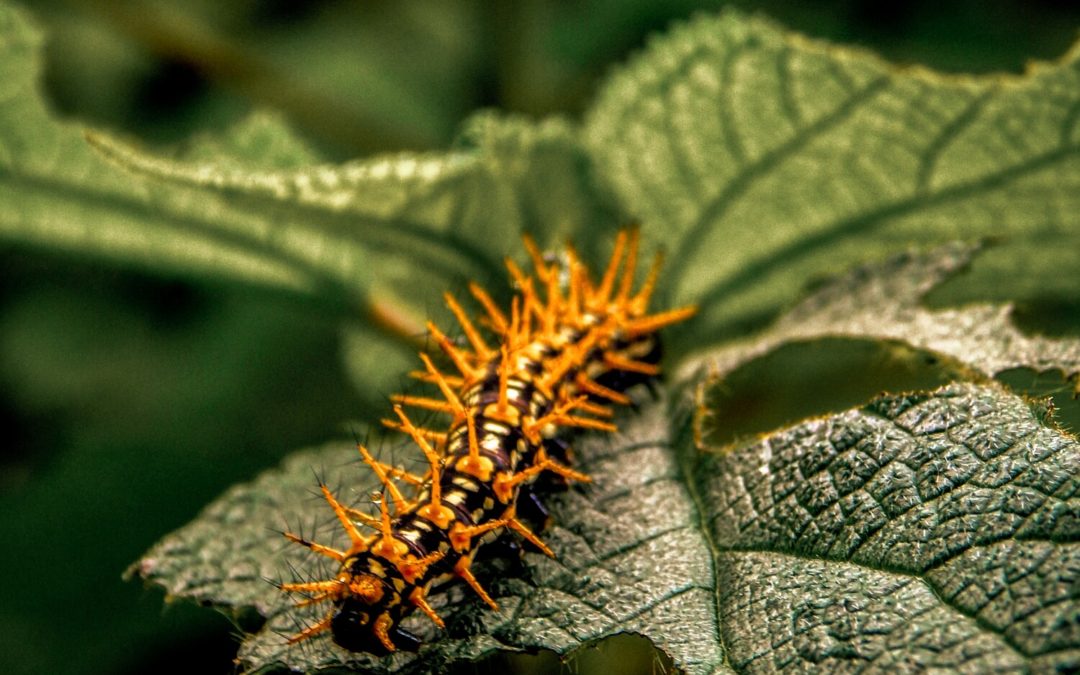Have you noticed holes or missing tissues in the leaves of your trees?
Or how about a mysterious substance on the ground below your trees?
If you see one or both of these signs of leaf chewing caterpillars in Maryland, you might have an infestation. Leaf chewing caterpillars can cause a lot of damage but there are treatment options to save your trees.
Keep reading for our ultimate guide to identifying and treating leaf chewing caterpillars in Maryland.
What Are Leaf Chewing Caterpillars?
Caterpillars are the larval stage of butterflies and moths. They are part of the insect order called Lepidoptera.
While they may seem less scary than other pests, they can still cause a lot of damage to your trees.
There are several different species of leaf chewing caterpillars. These include the Eastern Tent Caterpillar, the Winter Moth, Spring and Fall Cankerworms, Bagworms, Gypsy Moths, and Tussock Moths. The Eastern Tent Caterpillar is known for feeding on the foliage of foresting trees, shade trees, apple trees, and cherry trees.
Where Are Leaf Chewing Caterpillars Found?
Leaf chewing caterpillars can be found all over the United States. Certain species are more common in the upper parts of the country. For example, Winter Moths are one of the most common leaf chewing caterpillars in Maryland.
Leaf chewing caterpillars will go anywhere they can in order to find a food source. In Southern Maryland, these pests can be found in Charles, Calvert St. Mary’s, and Anne Arundel.
How Do You Know if You Have Caterpillar Damage?
Confirming a caterpillar problem is easy once you know what to look for. Young caterpillars tend to chew all of the leaf tissue between the leaf’s veins. This gives the leaves a skeleton-like appearance.
Caterpillars usually feed on the leaves in the upper canopy of trees. This means that the damage they cause can go undetected for quite some time. Tree owners often see other signs of an infestation before they notice the damaged leaves.
The most common sign of a caterpillar problem is frass, or digestive waste, from the insects falling from the treetops. Some species of moths have larvae that feed on shoots, twigs, and the trunk of the tree, making them particularly hard to detect.
How to Get Rid of Caterpillars
Fortunately, you can save your trees from the damage caused by caterpillars in Maryland. If you notice signs of an infestation or suspect you may have a pest problem, you should contact a professional right away.
Caterpillar treatment should begin as soon as possible after the insects start feeding on your trees. A pest control professional will inject your trees with a product to help stop the problem and protect your trees going forward.
Do You Need Help With Leaf Chewing Caterpillars in Maryland?
If you suspect you might have leaf chewing caterpillars in Maryland, you need to contact a professional as soon as possible.
Leaf chewing caterpillars often go undetected until significant damage has occurred to your trees. Taking action right away is the best thing you can do to protect your trees.
Click here to contact us and get your free quote today.
If you live in Southern Maryland, or Northern Virginia and need help please call us now or visit our website here.

